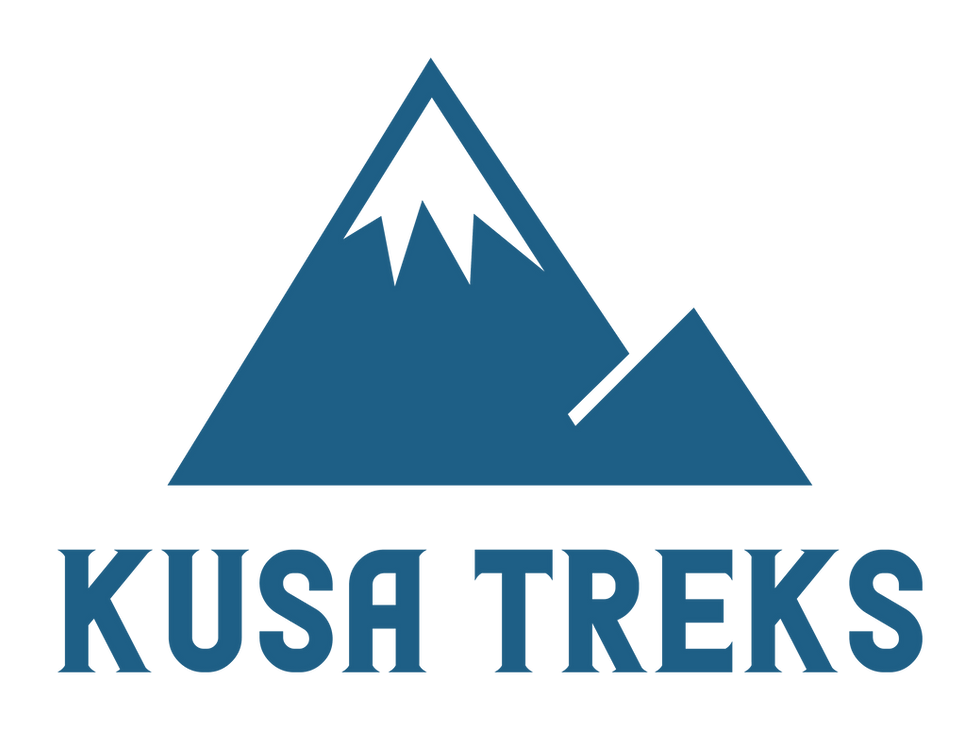Details on Altitude Sickness
- prestonwhill
- Feb 11, 2021
- 2 min read
WHAT YOU NEED TO KNOW
Altitude sickness can affect anyone. Age, gender or what kind of shape you are in have no impact on whether you will be affected by altitude sickness. Most people who come to Cusco will experience a mild form of altitude sickness during their first 24-48 hours.
These symptoms can include:
Headache
Dizziness
Nausea
Fatigue and loss of energy
Shortness of breath
Problems sleeping
Loss of appetite
For 95%+ of travelers these symptoms will be extremely mild and will pass with time. There are some steps that you can take to mitigate and shorten the effects that high altitude have on the human body:
Drink plenty of water and the local coca tea
Take it easy for the first 12-18 hours after landing in Cusco
Participate in light walks, these day tours are an excellent option
Eat foods high in carbohydrates, check out our list of recommended restaurants
Avoid alcohol and smoking
Headache medication such as ibuprofen or Tylenol
Prescribed altitude medication (usually not needed, only use as an extra precaution)
An Acetazolamide, such as Diamox, or
A Dexamethasone, such as Decadron or DexPak
We highly recommend that travelers doing a hike to Machu Picchu arrive to Cusco at least 2 full days before your hike starts. Before the hike there are a few best practices of things that you can do to mitigate the effects of Altitude Sickness and prepare you body/lungs for the trek ahead.
You should take it easy while you’re in Cusco. Consider doing one or more day tours, hang out in your hotel or walk around Cusco on your own. Don’t over-exert yourself. Drink plenty of water and coca tea. Coca Tea is a local tea made from the coca leaf, which helps tremendously with acclimatization and curbing the effects of altitude sickness.
Altitude sickness comes in three forms.
Acute Mountain Sickness (AMS) – Mild. Most Common. Usually what people think of
High Altitude Pulmonary Edema (HAPE) – Severe condition of Altitude sickness
High Altitude Cerebral Edema (HACE) – Most severe form of altitude sickness

Sources:
https://wwwnc.cdc.gov/travel/yellowbook/2018/the-pre-travel-consultation/altitude-illness
http://www.healthcommunities.com/travel-health/altitude-sickness.shtml
https://www.nhs.uk/conditions/altitude-sickness/
https://www.webmd.com/a-to-z-guides/altitude-sickness#3
https://www.mountainiq.com/resources/altitude-sickness/




Comments